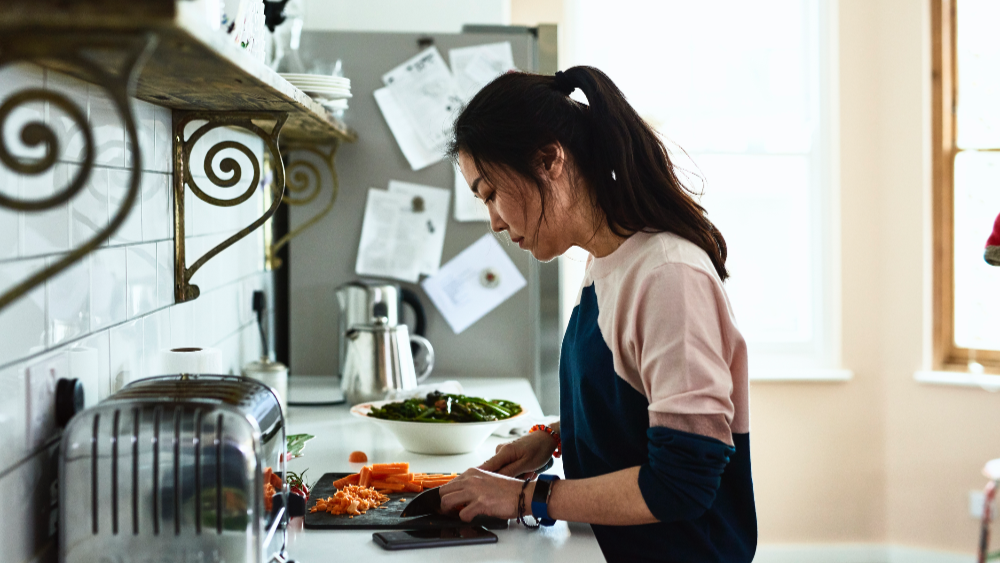
Do you notice that when you use fresh vegetables you often throw away a large part? Think, for example, of the leaves, stumps or roots of vegetables. Did you know that you can use it while cooking? We show you 9 ways how you can get the most out of your fresh products without having to throw anything away.
Read also :'4 things you eat every day that are probably past their expiry date'
It is of course not very new to save parts of animal products to make stock, but it is also a perfect option for getting more out of your vegetables. There are several ways to use vegetables for a delicious broth:
Potato skins contain fiber and other beneficial nutrients, so you miss out on many nutritional benefits if you throw them away. If you have a recipe that requires you to peel potatoes, you have a few alternatives:you can wash the potatoes and leave the skin on to get most of the nutrients out, or you can bake the skins loose in the oven with some olive oil and herbs like a delicious side dish.
We are all used to eating cauliflower and broccoli florets, but the stems are also edible – and very tasty! How to use them Peel the outside of the stump and then cut the stump into small pieces, which you can then roast with the florets. You can also peel them into narrow strips for salad or use your food processor to make cauliflower or broccoli rice. You can also use the leaves for wok dishes and salads, so it's a shame to throw them away!
Not only the stumps of vegetables are perfectly edible, you can also use the stems. For example, think of the stems on your different types of lettuce, kale, etc. They are also full of fiber. You can use them by cutting them into pieces and baking them for an extra crunch between the soft leaves. You can eat them separately, use them in the pasta or add them to a fine stock.
You're probably used to just using the beets themselves, but roasting the roots of this red vegetable in the oven will bring out their natural sweetness. How nice is that for salads, wraps and through rice dishes – exactly!
Every bit of celery stalks is edible – yes, really. So cut up the whole celery, because it is of course a shame to throw it away. You can also cut the celery into strips with a vegetable peeler, so that you can use it in a salad. Celery also works very well in a soup or as a garnish.
With pesto you can really go in all directions! This means that you can process any type of vegetable, type of herb and type of lettuce. The same goes for vinaigrettes and other simple sauces, dressings and marinades. So do you have some products left that you don't know what to do with or what isn't enough to make an entire meal? Then make it into a nice sauce!
Who said you can't have vegetables in your dessert? Have you ever tried making zucchini bread, carrot muffins, lemon cake, or pumpkin pie? Before you throw away a fresh product that is almost past its expiry date, first check whether you can creatively process it in a tasty baking. You can also puree it to use in future desserts. Until then, you can freeze it – how convenient?
You don't often see carrots including their green tops anymore, but when we do come across them, you better put them to good use right away! For example, it can add texture and character to a meal if you use them in cooking instead of cutting them off and throwing them away. They can also function well as a replacement for coriander and parsley. Just make sure you buy your carrots from a good supermarket that offers organic carrots with toppings, otherwise they're likely to be full of sand. It is also best to store the root itself and the top separately, since the greenery on the top draws moisture from the root, so that it dries out faster.
Source:Realsimple.com